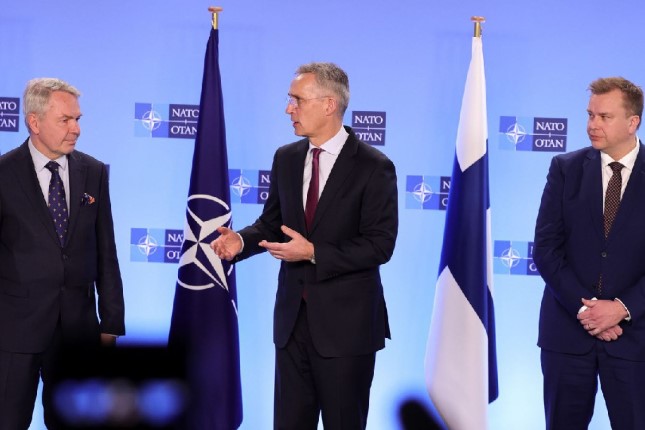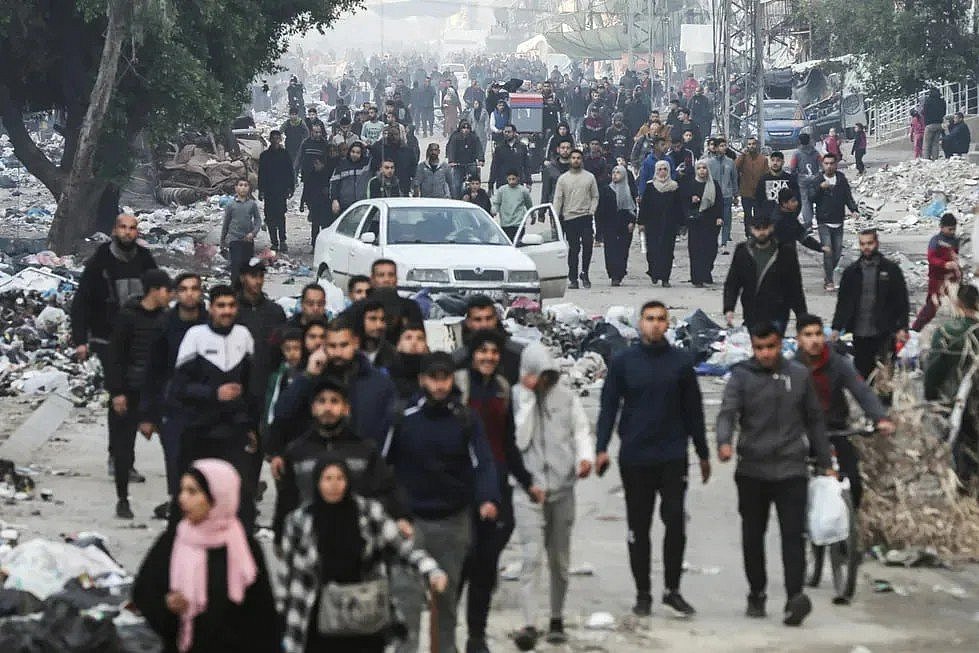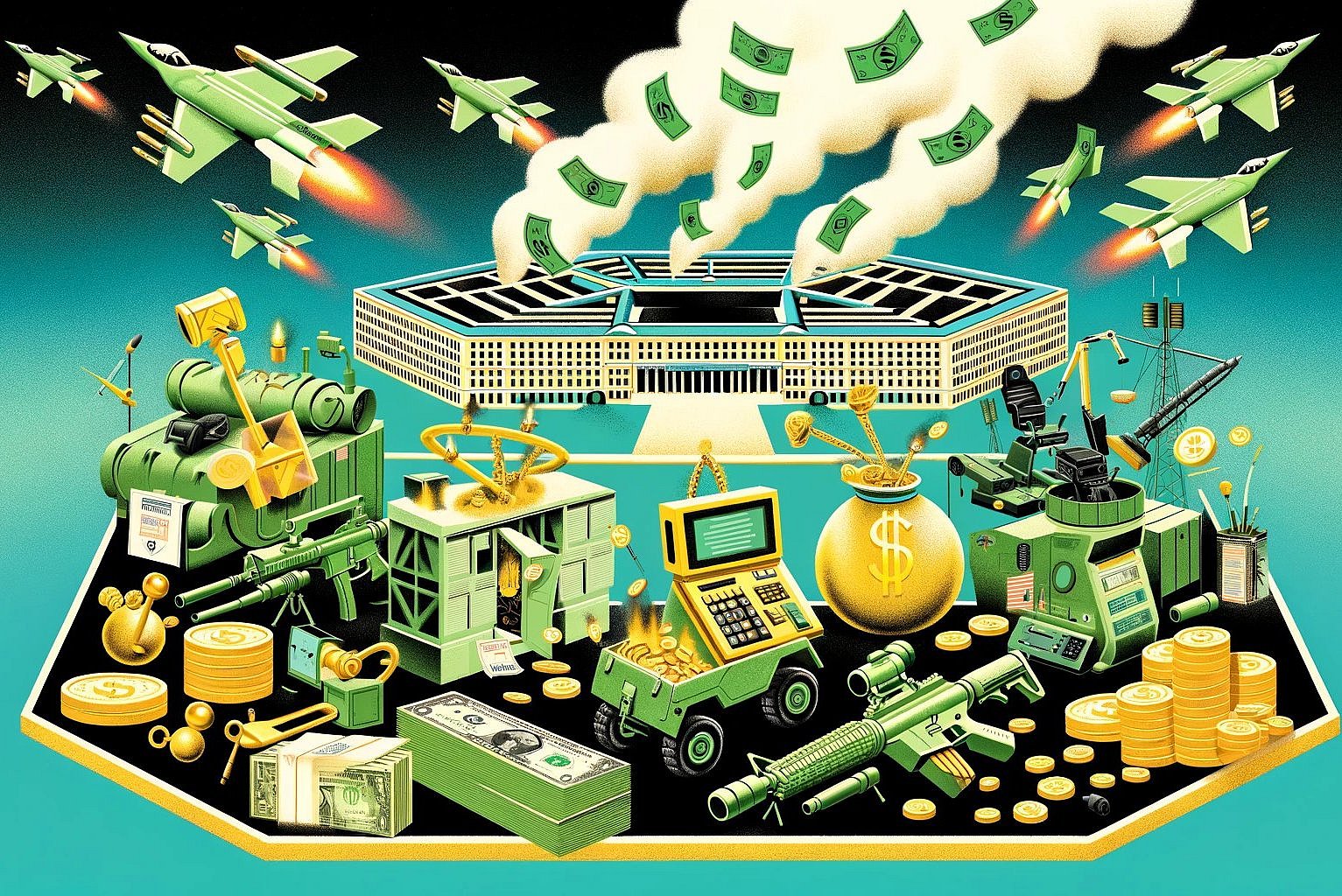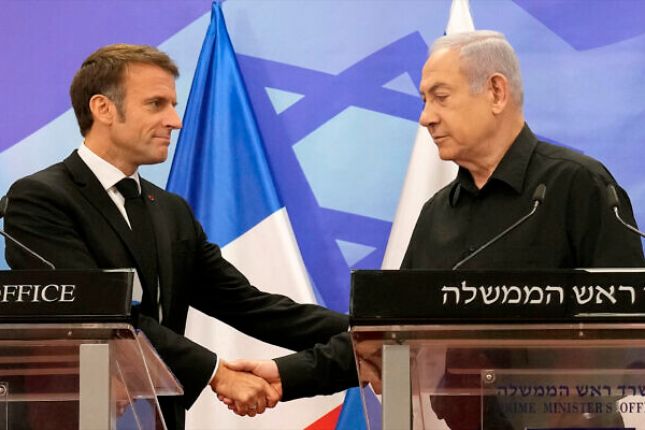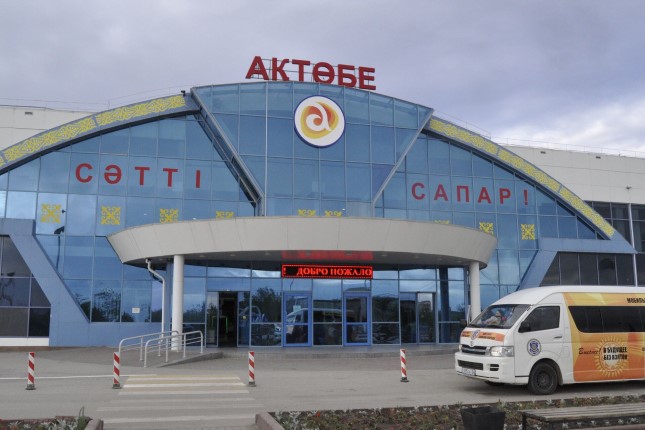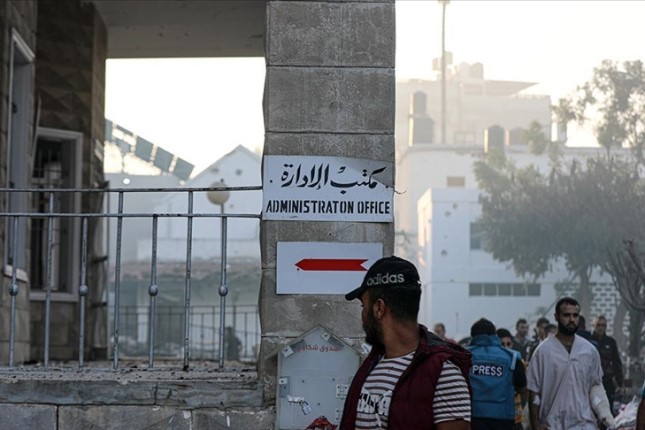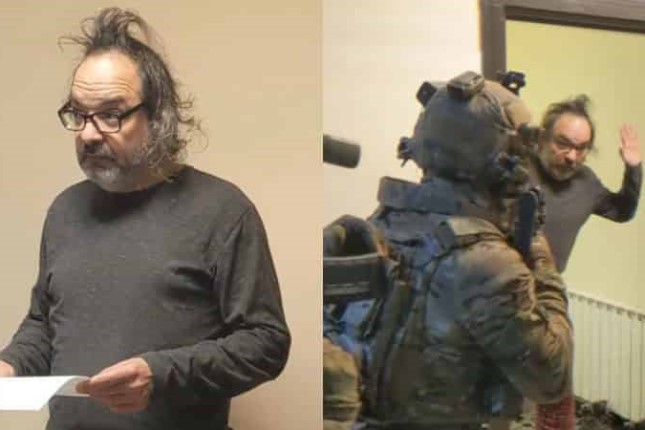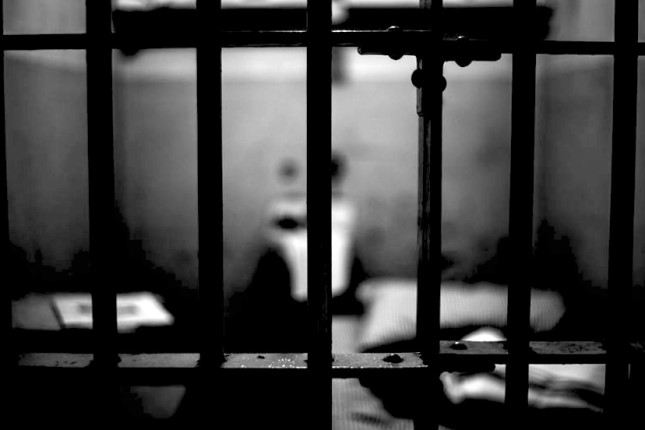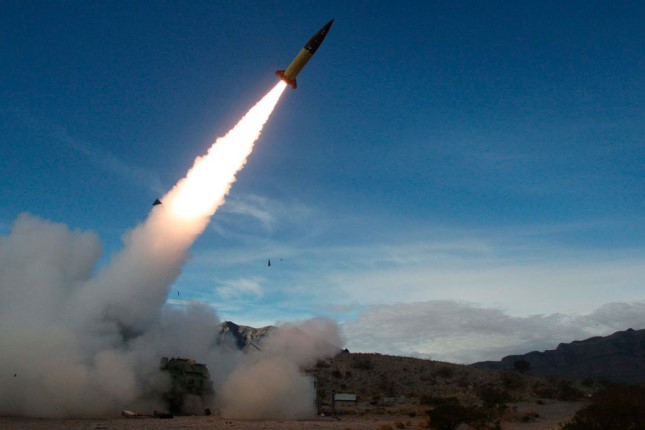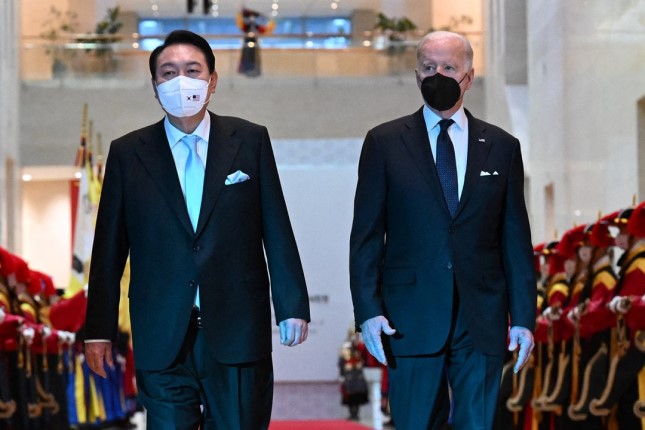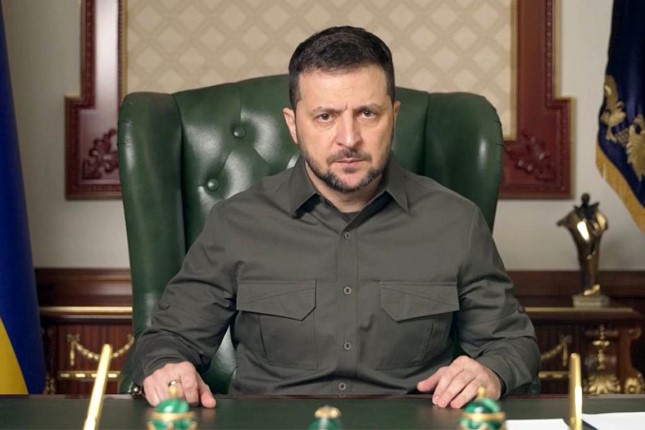Stoltenberg boasted that it was “the fastest ratification process in NATO’s modern history” and that it will happen “within days.” The rapidity of Finland’s accession is not an accident. It is closely tied to US plans for a spring offensive in Ukraine, which will be accompanied by a major military buildup on Russia’s border.
The United States, Germany and other NATO members are surging tanks, armored vehicles and thousands of Ukrainian troops trained in NATO countries into the conflict, even as they make plans to deploy tens of thousands of NATO troops near the Russian border.
Five NATO states currently border Russia: Estonia, Latvia, Lithuania, Poland and Norway. NATO’s border will effectively be doubled once Finland joins. The country has the largest land border with Russia of any state in Europe, at 830 miles.
The Finnish border is only 100 miles from St. Petersburg, one of the most important economic and political centers in Russia. Finland controls vital sea lanes of communication used by Russia, and it plays a major role in the scramble for domination of the Baltic Sea and the Arctic.
NATO’s expanded land border with Russia is being massively militarized. On March 18, Politico reported, “In the coming months, the alliance will accelerate efforts to stockpile equipment along the alliance’s eastern edge and designate tens of thousands of forces that can rush to allies’ aid on short notice.”
NATO’s “eastern flank” increasingly resembles the battle lines of the Eastern front in the Second World War, which stretched from Finland to Ukraine. The move to incorporate Finland into the NATO alliance has enormous historical significance, as the country was a key ally of Nazi Germany during the Second World War and played a critical role in the war of extermination against the Soviet Union, including the siege of Leningrad, now St. Petersburg.
The move to further expand NATO also undercut all the claims promoted by the Biden administration and the media of an “unprovoked war.” According to the White House’s well-worn narrative, the war in Ukraine is a “war of choice” launched by a single man in February 2022. Putin started the war, and only Putin can end it—by withdrawing Russian troops to where they were last year, the White House endlessly repeats.
But while the conflict between the US/NATO and Russia erupted over the Ukrainian border, it is in fact the outcome of a decades-long drive by US imperialism to encircle, weaken and ultimately carve up and dismantle Russia, as part of the preparation for conflict with China.
Amidst and in the aftermath of the dissolution of the Soviet Union, the United States actively pursued the inclusion of the Eastern European states into NATO, while also fueling nationalist movements within Russia to create instability and fragment the country.
Since 1990, 13 countries have joined NATO, effectively doubling its membership. Over that time period, NATO’s border has been moved 800 miles to the east.
In 1998, the US Senate voted in favor of expanding NATO to include Poland, Hungary and the Czech Republic. “This, in fact, is the beginning of another 50 years of peace,” said then-Senator Joe Biden. On June 15, 2001, in a speech in Warsaw, Poland, US President George W. Bush declared his “Plan to enlarge NATO” in order to create a ring of countries that would stretch “from the Baltic to the Black Sea.”
In 2004, NATO expanded again, adding seven more countries: Estonia, Latvia, Lithuania, Slovakia, Slovenia, Bulgaria and Romania. These Eastern European countries were all either part of the Soviet Union or its satellite states during the Cold War.
Croatia and Albania joined NATO in 2009. Montenegro joined in 2017, and North Macedonia joined in 2020.
The war over Ukraine was itself instigated by the refusal of the Biden administration to negotiate over Russia’s demand for a guarantee that Ukraine would not become a member of NATO. The invasion was the reactionary and reckless response of the Putin government, representing a faction of the Russian oligarchy, to imperialist encirclement.
In 1997, as the Clinton administration was beginning a campaign to include the Czech Republic, Hungary and Poland into NATO, George F. Kennan, the Cold War strategist and author of the theory of “containment,” acknowledged that “it had been somehow and somewhere decided to expand NATO up to Russia’s borders.” He warned that “expanding NATO would be the most fateful error of American policy in the entire post-cold-war era.”
In the ensuing two decades, the entire US political establishment and media have embraced the expansion of NATO and the efforts to provoke a conflict with Russia. This war fever was accompanied by the declaration that any opposition to the expansion of NATO is “Russian propaganda.”
Commenting on the conflict that erupted last year, the political scientist John Mearsheimer wrote that “the mainstream view in the West is that he is an irrational, out-of-touch aggressor bent on creating a greater Russia in the mould of the former Soviet Union. Thus, he alone bears full responsibility for the Ukraine crisis.”
But he continued, “But that story is wrong. The West, and especially America, is principally responsible for the crisis which began in February 2014. It has now turned into a war that not only threatens to destroy Ukraine, but also has the potential to escalate into a nuclear war between Russia and NATO.”
The US media’s entire narrative of the war ignores his antecedent history, in an effort to drown all rational thought about the war in a torrent of pro-war propaganda.
In the preface to A Quarter Century of War: The US Drive for Global Hegemony 1990–2016, David North, chairman of the World Socialist Web Site International Editorial Board, wrote of the significance of then President Barack Obama’s declaration that the US would go to war in defense of NATO member Estonia. What percentage of the American population, one must ask, realizes that President Barack Obama has formally committed the United States to go to war in defense of Estonia, in the event of a conflict between the small Baltic country and Russia? The media has politely refrained from asking the president to state how many human beings would die in the event of a nuclear war between the United States and either Russia or China, or both at the same time.
The further expansion of NATO to include Finland raises to a new level the threat of a direct war between the US and Russia, the two largest nuclear-armed powers.
Photo: NATO Secretary General Jens Stoltenberg, center, speaks with Finland's Defense Minister Antti Kaikkonen, right, and Finland's Foreign Minister Pekka Haavisto, left, prior to a meeting in Brussels on Monday, March 20, 2023 © AP Photo / Olivier Matthys.
Source: World Socialist Web Site.
